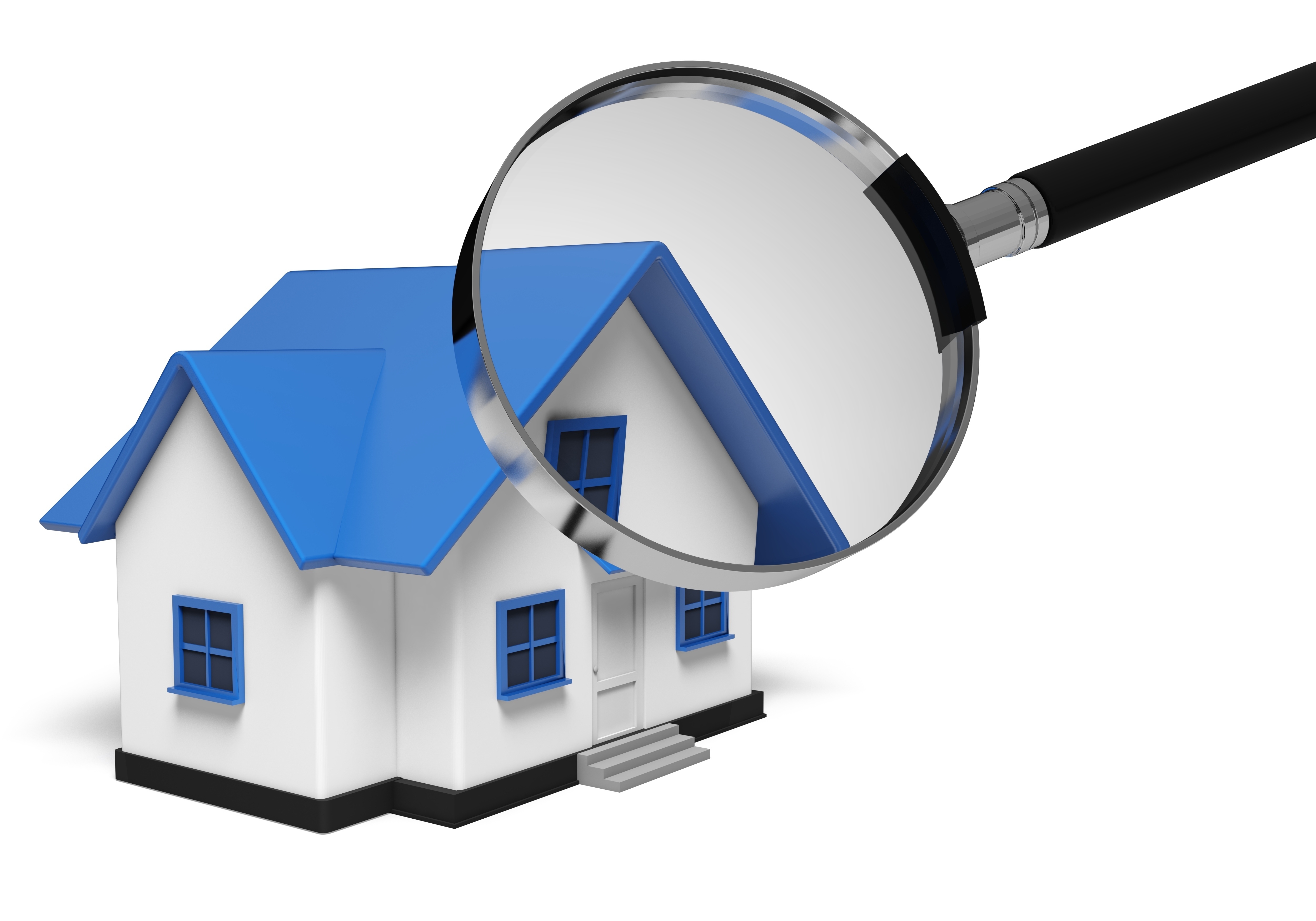
Understanding AppraisalsTheir home's purchase is the largest transaction most people may ever consider. Whether it's a primary residence, a second vacation home or a rental fixer upper, purchasing real property is a complex financial transaction that requires multiple parties to pull it all off. It's likely you are familiar with the parties having a role in the transaction. The real estate agent is the most known face in the exchange. Then, the lender provides the financial capital necessary to fund the transaction. And ensuring all areas of the sale are completed and that the title is clear to pass from the seller to the purchaser is the title company. So, who's responsible for making sure the value of the property is in line with the purchase price? This is where you meet the appraiser. We provide an unbiased opinion of what a buyer might expect to pay — or a seller receive — for a property, where both buyer and seller are informed parties. A licensed, certified, professional appraiser from A & C Appraisal Services will ensure, you as an interested party, are informed. Inspecting the subject propertyTo ascertain the true status of the property, it's our responsibility to first conduct a thorough inspection. We must see aspects of the property hands on, such as the number of bedrooms and bathrooms, the location, amenities, etc., to ensure they truly exist and are in the shape a reasonable buyer would expect them to be. To make sure the stated square footage has not been misrepresented and document the layout of the home, the inspection often requires creating a sketch of the floorplan. Most importantly, the appraiser looks for any obvious amenities - or defects - that would affect the value of the house. Following the inspection, we use two or three approaches to determining the value of real property: paired sales analysis and, in the case of a rental property, an income approach. 
Replacement CostHere, the appraiser analyzes information on local building costs, the cost of labor and other elements to determine how much it would cost to construct a property similar to the one being appraised. This value often sets the upper limit on what a property would sell for. The cost approach is also the least used predictor of value. 
Sales ComparisonAppraisers get to know the subdivisions in which they appraise. They thoroughly understand the value of particular features to the homeowners of that area. Then, the appraiser looks up recent transactions in close proximity to the subject and finds properties which are 'comparable' to the subject being appraised. Using knowledge of the value of certain items such as remodeled rooms, types of flooring, energy efficient items, patios and porches, or additional storage space, we adjust the comparable properties so that they are more accurately in line with the features of subject property.
A valid estimate of what the subject could sell for can only be determined once all differences between the comps and the subject have been evaluated. When it comes to knowing the true value of features of homes in Sahuarita and Green Valley, A & C Appraisal Services can't be beat. This approach to value is typically awarded the most consideration when an appraisal is for a real estate exchange. Valuation Using the Income ApproachIn the case of income producing properties - rental houses for example - the appraiser may use an additional approach to value. In this situation, the amount of income the property yields is factored in with income produced by neighboring properties to derive the current value. Putting It All TogetherExamining the data from all approaches, the appraiser is then ready to document an estimated market value for the subject property. Note: While the appraised value is probably the most reliable indication of what a house is worth, it may not be the price at which the property closes. Prices can always be driven up or down by extenuating circumstances like the motivation or urgency of a seller or 'bidding wars'. Regardless, the appraised value is often used as a guideline for lenders who don't want to loan a buyer more money than the property is actually worth. The bottom line is, an appraiser from A & C Appraisal Services will help you discover the most accurate property value, so you can make the most informed real estate decisions. |